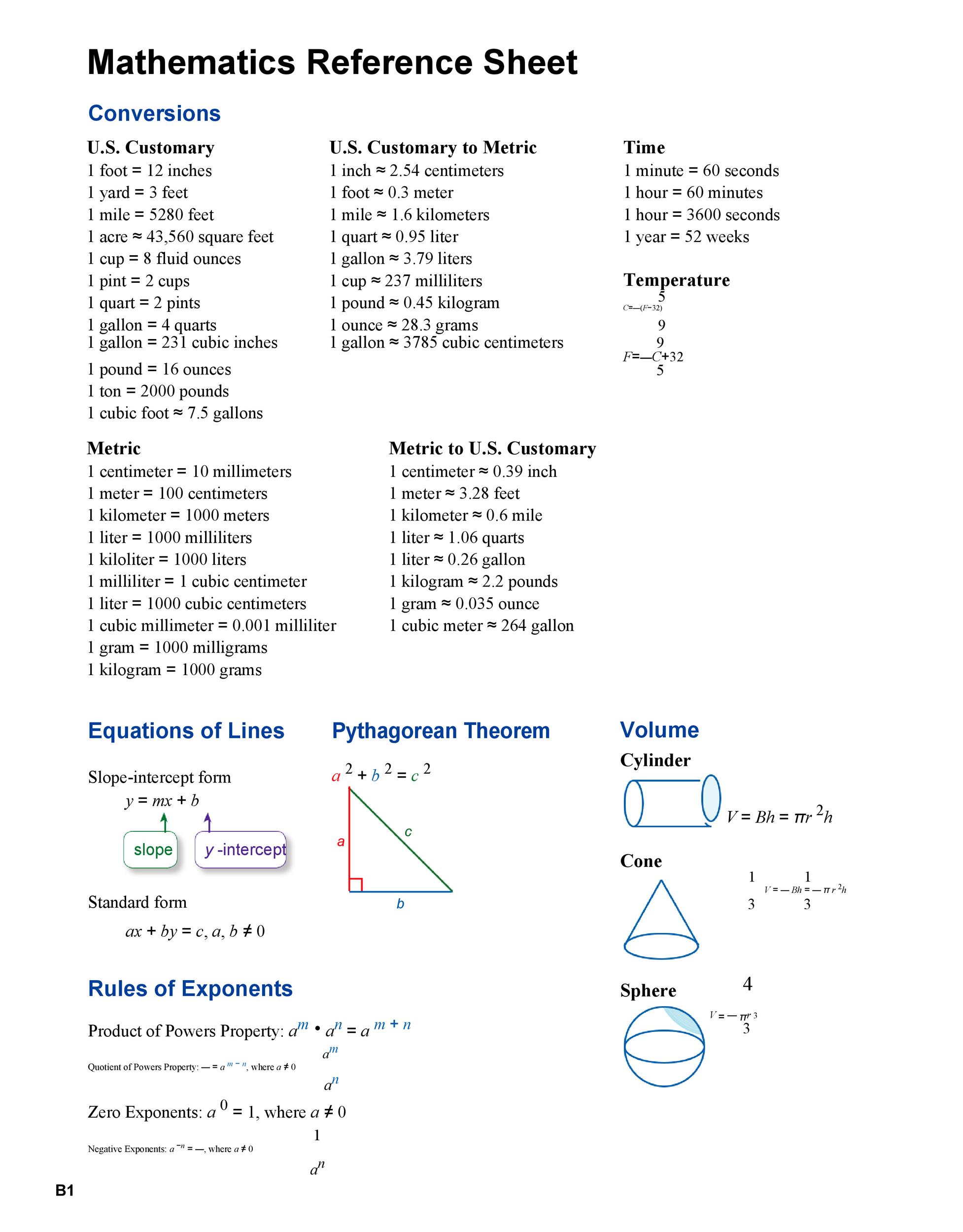

For example, if the area between the 40ml mark and the 50ml mark is divided into ten segments, each segment represents 1ml. Look at the horizontal lines on the side of the cylinder and determine the increments of measurement on the tube. If resting the cylinder on a table, be careful not to jostle the table as you read. Hold the cylinder at eye level to take a reading. Because the cylinder is long and narrow, it can be at risk for tipping over (and breaking, if made of glass!), so care must be taken when working around a filled graduated cylinder. Graduated cylinders commonly range in size from 5 mL to 1000 mL, marked in white or blue along the side of the cylinder. Graduated cylinders are generally more accurate and precise than laboratory flasks and beakers, but they are not as precise as volumetric glassware, such as a volumetric flask or volumetric pipette. When students think of measuring solutions, the graduated cylinder is usually what they imagine first.

Read on to learn the how, when, and why of using each. When it comes to measuring liquids, many types of devices are used in a laboratory here, we’re going to discuss three: graduated cylinders, burettes, and pipettes with a bulb. In order to safely control this outcome, using exact amounts of these materials is key. (If you missed Chemistry 101: Acids and Bases, check it out here!) When You Need Just the Right AmountĪ successful chemistry experiment relies on reactants and reagents coming together precisely to produce an expected outcome. This week, we’re taking a closer look at the multiple ways you can effectively measure liquids as you engage in scientific experimentation.
LIQUID MEASUREMENTS SERIES
Welcome back to Chemistry 101: hBARSCI’s newest blog series designed to explain fundamental science in simple, yet thorough, ways, making use of basic how-tos and activities to get you on the path to exploring science wherever you are, whether that’s the classroom, your kitchen, or the great outdoors.


 0 kommentar(er)
0 kommentar(er)
